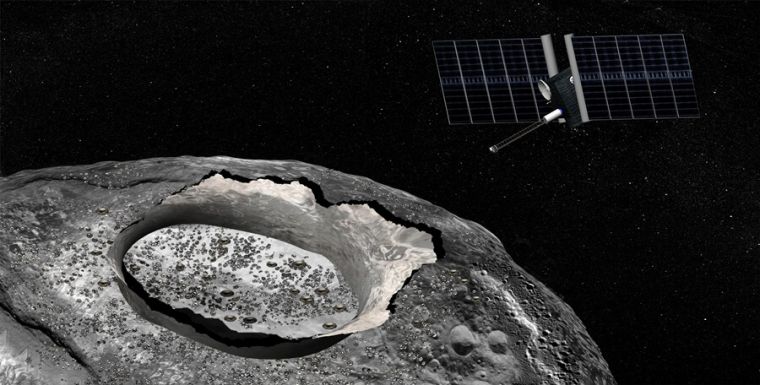NASA sets sight on missions to bizarre metal world Psyche, Venus and beyond

The National Aeronautics and Space Administration (NASA) has lately been making great strides in space exploration, most notably the successful Pluto fly-by of its New Horizons spacecraft and its recent discovery of liquid and frozen water on the surface of Mars.
Not resting on its laurels, the space agency plans to launch more space exploration ventures. Last week, NASA announced that it is setting its sights on five candidate missions for its Discovery Programme, which include explorations of Venus and Jupiter's asteroid system.
These low-cost but high-yield space exploration projects have received an initial funding of $3 million from the NASA. The money will be used to fund the testing of new spacecraft designs.
Projects that will be elevated to full-blown missions, which will be revealed next year, will be granted as much as $500 million in funding.
"Dynamic and exciting missions like these hold promise to unravel the mysteries of our solar system and inspire future generations of explorers. It's an incredible time for science, and NASA is leading the way," the space agency's associate administrator John Grunsfeld said in a statement.
Two of the initially funded ideas involve an exploration of Venus, the second closest planet to the sun. The mission called Deep Atmosphere Venus Investigation of Noble gases, Chemistry, and Imaging (DAVINCI) plans to send a spacecraft down Venus' atmosphere to collect data about the planet's volcanic activity and surface pressures.
The second Venus mission, called Venus Emissivity, Radio Science, InSAR, Topography, and Spectroscopy mission (VERITAS), plans to send an orbiter around the planet to help map its surface.
Another mission called "Lucy," plans to explore objects in Jupiter's Trojan asteroid system, which are believed to have been there since the earliest days of the solar system.
One of these objects that NASA plans to explore is Psyche, a bizarre world with its metallic core exposed. The celestial body is believed to be once a protoplanet and also one of the biggest objects in the asteroid belt.
Last but not the least, NASA also gave initial funding to the Near Earth Object Camera (NEOCam) mission, which endeavours to find out more about objects whizzing around Earth.











